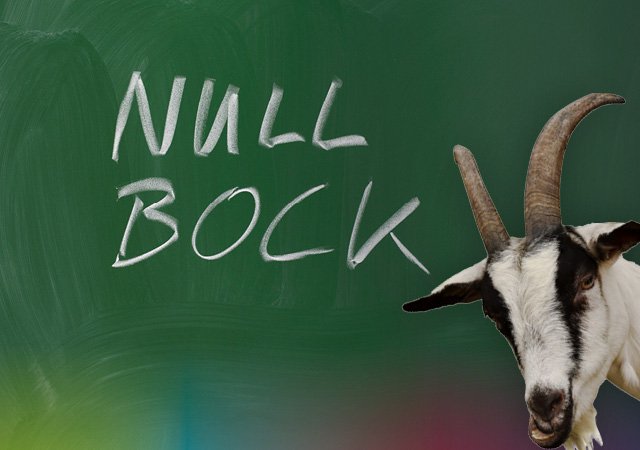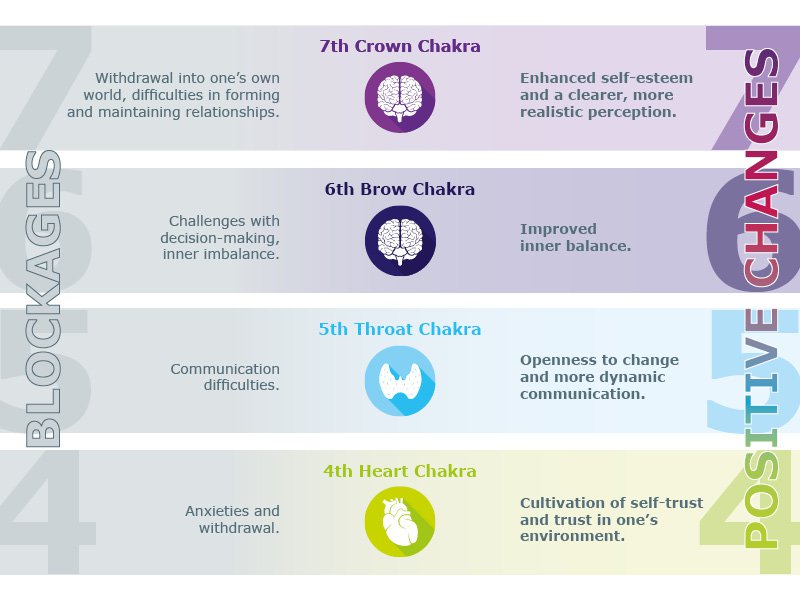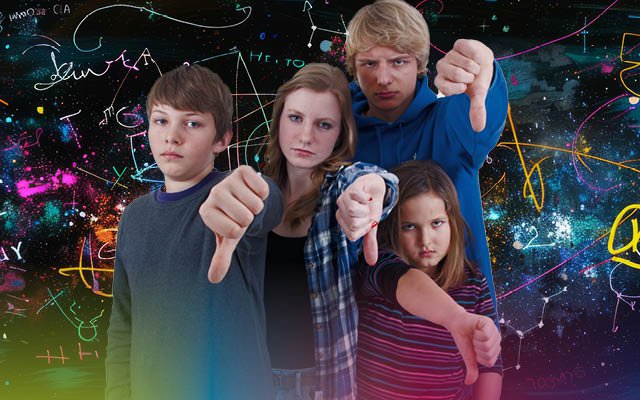Disorientated and overstretched?
Dr.med. Birgitt Holschuh-Lorang
The phrase "zero interest for nothing" might feel like a relic from another era. Indeed, the term "Zero-Interest Generation" originated in the 1980s, describing young people who had resigned themselves to bleak professional, social, or economic prospects. But is this label still relevant for today's youth?
The Shell Study, an empirical research initiative by the Shell oil company, has been offering insights into the attitudes, values, and social behavior of young people in Germany since 1953. The Shell Youth Study 2024 provides a fresh perspective on the current attitudes and behaviors of today’s youth, painting a nuanced picture compared to previous generations:
- Pragmatism and performance orientation: The majority of young people are pragmatic and focused on performance. They prioritize job security, with 91% considering a secure job to be "very important."
- Political interest and engagement: Interest in politics has grown, with 55% of young people expressing an interest in political matters. Nearly as many place value on becoming actively involved themselves.
- Optimism despite challenges: Despite global crises, many young people remain optimistic about the future. Approximately three-quarters believe that Germany provides them with every opportunity to achieve their life goals.
These findings clearly show that today's youth cannot be defined as either a "protest generation" or a "zero-interest generation." Instead, they are distinguished by their pragmatism, ambition, and increasing political engagement.
While this assessment undoubtedly applies to many young people, there is another group that does not fit this narrative. They appear disoriented or resigned, often viewing the future with apprehension and adopting a mindset that says: "We'll do everything – just the day after tomorrow, later, or not at all."
What lies behind this mindset?
In my practice, which specializes in general medicine, I am increasingly seeing young people who, despite the absence of classic conventional medical conditions, struggle to navigate their daily lives. They often report difficulties at school, such as concentration and learning challenges, worsened by growing performance pressures. Additionally, many feel overwhelmed by their parents’ high expectations, as they are frequently burdened with the drive for a successful future.
For many, this overwhelming pressure results in mental withdrawal and a pervasive sense of "not wanting to do anything." My patients include not only students but also young professionals. While they may have goals, they often feel frustrated and hopeless, as they struggle to achieve them and cannot pinpoint the cause of their "zero-interest syndrome."
What does „Zero-Interest“ (‘Null Bock’ in German) actually mean?
Some linguists suggest that the German word Bock, meaning listlessness, may have phonetically evolved from the Romani word Bokh, which translates to "hunger." This etymology mirrors the underlying needs of many young people: a "hunger" for recognition, meaningful relationships, open communication, a life free from fear, stronger self-esteem, and a future filled with opportunities.
Instead, many young people face challenges such as bullying, aggression, withdrawal, communication issues, relationship difficulties, substance abuse, anxiety, and profound loneliness. These cases are appearing with increasing frequency in my practice, likely due to my long-standing focus on Psychosomatic Energetics, a method developed by Dr. Reimar Banis.

What is the underlying issue affecting these young patients?
An assessment using the Psychosomatic Energetics method often uncovers a significant lack of life energy: their life force is restricted, and their emotional resilience is markedly diminished. With the help of the RebaPad (PSE-Test Device), both the extent of this restriction and its underlying causes can be identified. These causes are rooted in energetic blockages that impede the absorption of vital energy and disrupt the balance of the entire energy field.
How do these energetic blockages develop?
The root causes lie in unresolved, unconscious emotional wounds (conflicts) that have been repressed rather than addressed. These conflicts trap life energy, preventing it from flowing freely.
Using special homeopathic complex remedies such as Chavita and Emvita, these underlying conflicts can be resolved, and the energetic blockages removed. This treatment restores vital and emotional energy, addressing the problem holistically. For these young patients, the renewed flow of energy empowers them to gradually overcome their challenges, harness their potential, and shape their lives in a positive and fulfilling way.
Typical blockages of ‘zero interest patients’
An analysis of the mental blockages in these "zero-interest patients" often identifies disruptions in specific energy centers (chakras), each of which corresponds to particular underlying issues:
- Blockages in the 7th chakra (Crown Chakra): Withdrawal into one’s own world, difficulties in forming and maintaining relationships.
- Blockages in the 6th chakra (Brow Chakra): Challenges with decision-making, inner imbalance.
- Blockages in the 5th chakra (Throat Chakra): Communication difficulties.
- Blockages in the 4th chakra (Heart Chakra): Anxieties and withdrawal.

The goal of the treatment is to specifically release these blockages. Resolving these blockages brings about the following positive changes:
- In the 7th chakra: Enhanced self-esteem and a clearer, more realistic perception.
- In the 6th chakra: Improved inner balance.
- In the 5th chakra: Openness to change and more dynamic communication.
- In the 4th chakra: Cultivation of self-trust and trust in one’s environment.
The following two examples provide insight into the treatment options offered by Psychosomatic Energetics for affected young people and illustrate their developmental journey.
Noah, 20 years
During the initial consultation, Noah shares that he was frequently bullied during primary school. He dropped out in year 10 and stayed away from school for an entire year. Neither psychological therapy nor inpatient treatment brought any improvement. His parents are deeply concerned and are pressuring him to complete his A-levels. Noah describes his relationship with them as strained; he wants to move out but has no concrete plan for how to shape his future. He feels drained and unmotivated, believing his current performance matches his effort. While he thinks he could achieve more with greater diligence, he struggles with a lack of motivation.
The initial assessment using the RebaPad reveals that Noah’s vital energy is at just 20% (target value: 100%), while his emotional energy is significantly reduced to 15% (target value: 100%).
During the course of treatment, the following blockages are identified and resolved for Noah:
- A blockage in the 7th energy center (Crown Chakra): Associated with the conflict theme "escape from reality."
- A blockage in the 6th energy center (Brow Chakra): Linked to the conflict theme "lack of self-control."
- A blockage in the 4th energy center (Heart Chakra): Related to the conflict theme "panic fears."
By resolving these energetic blockages, Noah experiences a significant improvement in his energy levels: his vital energy increases from 20% to 90%, while his emotional energy rises from 15% to 95%.
Noah’s academic performance and motivation improve significantly, along with his overall vitality and emotional well-being. He chooses to take the exam for the most challenging combination of subjects, successfully passes his A-levels, and begins studying chemistry.
Johnny, 14 years

According to his mother, Johnny has always exhibited slow reactions and behavior. He initially attended a special needs school and later managed, with difficulty, to complete year 5 at a secondary school. However, his academic performance remains very poor.
Communication with Johnny is challenging; he usually responds with a grin and is reluctant to speak. He finds no joy in anything, and his frustration often expresses itself through aggressive behavior, particularly toward his younger brother. He lives in complete withdrawal and has no friends.
The initial PSE diagnosis reveals a significantly reduced vital energy of 40% (target value: 100%) and an emotional resilience of just 25% (target value: 100%).
The treatment process is extensive, as it involves resolving six conflict themes:
- 7th chakra (Crown Chakra): Escaping reality, hindering clear and realistic perception.
- 6th chakra (Brow Chakra): Lack of self-control, disrupting inner balance.
- 1st chakra (Root Chakra): Helplessness and feeling at the mercy of others, undermining basic trust.
- 3rd chakra (Solar Plexus Chakra): Pent-up anger, obstructing emotional processing and the ability to let go.
- 5th chakra (Throat Chakra): Overexcited behavior, disrupting effective communication.
- 4th chakra (Heart Chakra): Withdrawal and confinement, disrupting the development of trust.
Over the course of several months, Johnny’s energy levels, both vital and emotional, increase to 100%. His aggression subsides, his school performance improves significantly, and his concentration skills sharpen – he is now at the top of his class. Johnny is planning to attend a specialized secondary school and has developed clear goals for his professional future. He has also discovered a passion for playing the piano, and following his parents' separation, his previous aggression toward his younger brother has transformed into heartfelt care and attention.
Conclusion
These case studies powerfully demonstrate the crucial role that vital energy plays in health and well-being. By stabilizing both the vital and emotional states, it empowers young people – especially those for whom no clear explanation for their "zero-interest symptoms" can often be found – to unlock their hidden potential. With renewed vitality and emotional energy, they rediscover a zest for life and build greater self-confidence, enabling them to achieve their educational or career aspirations.
As a medical therapist, working with Psychosomatic Energetics is deeply fulfilling. Enhancing the absorption of vital energy and achieving a sufficient energy balance not only benefits young people struggling with disorientation and lack of drive but also supports every recovery process. This method has become an integral part of my daily medical practice and is indispensable for achieving both effective and rewarding outcomes.
Contact to the author: b.holschuh-lorang@t-online.de


